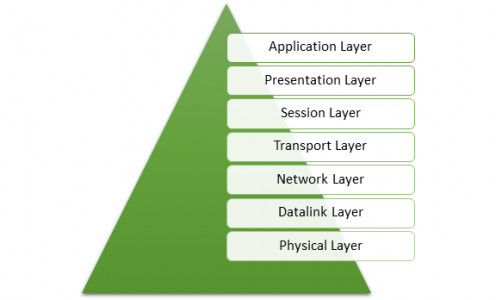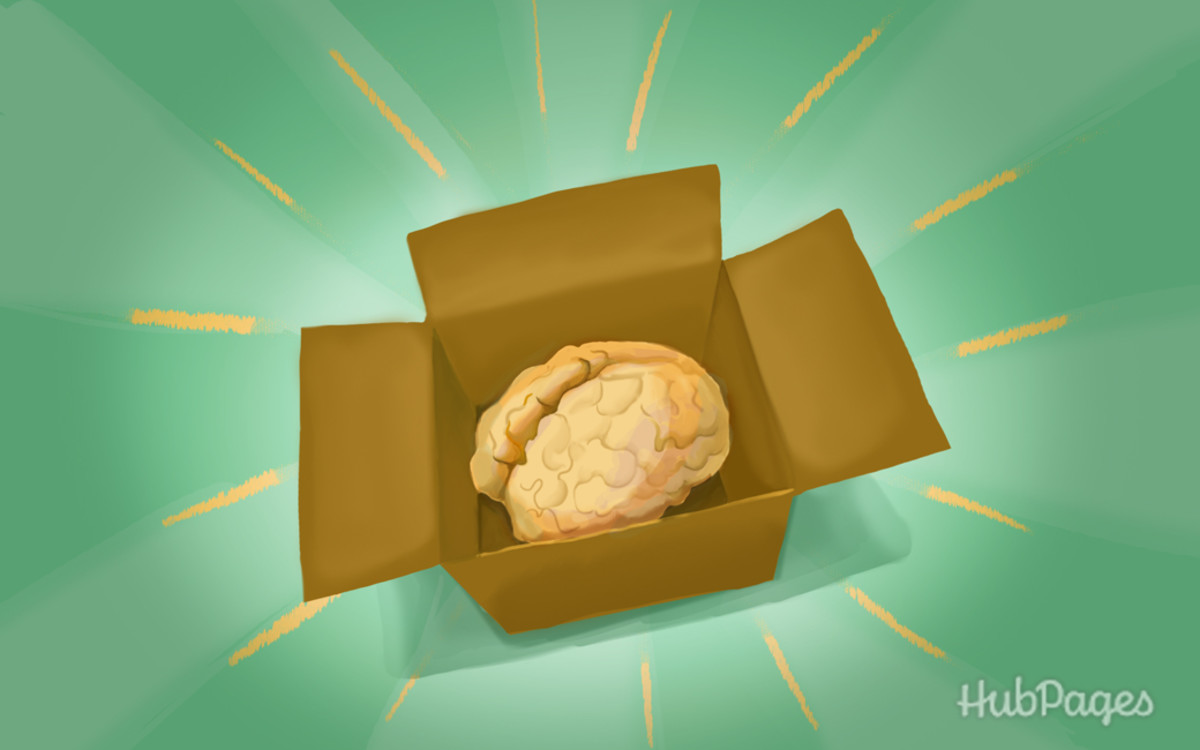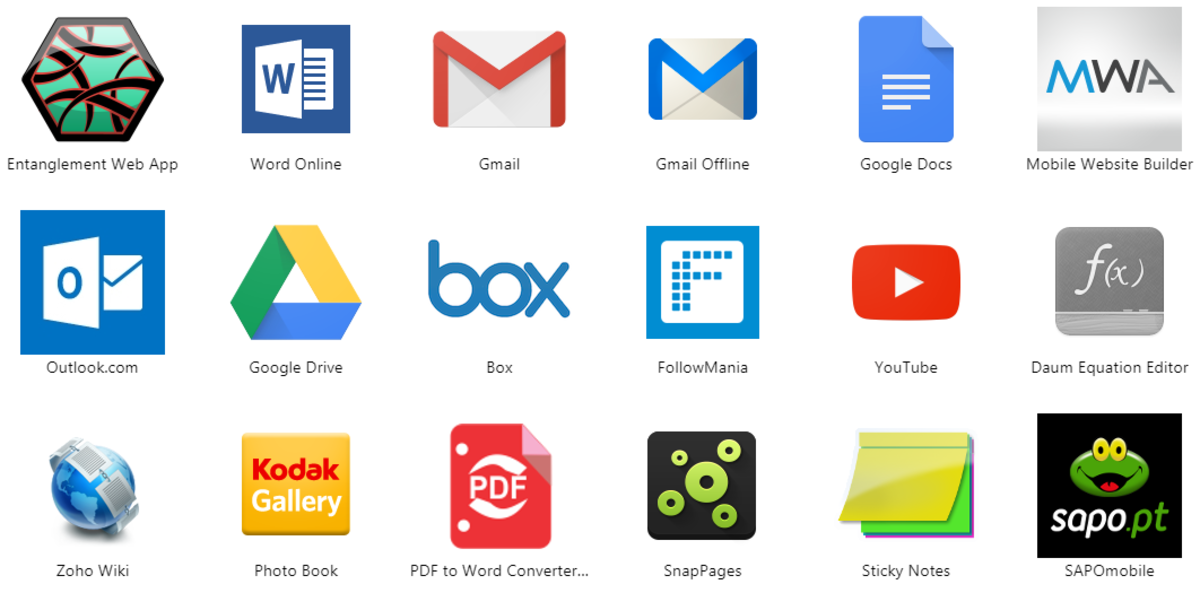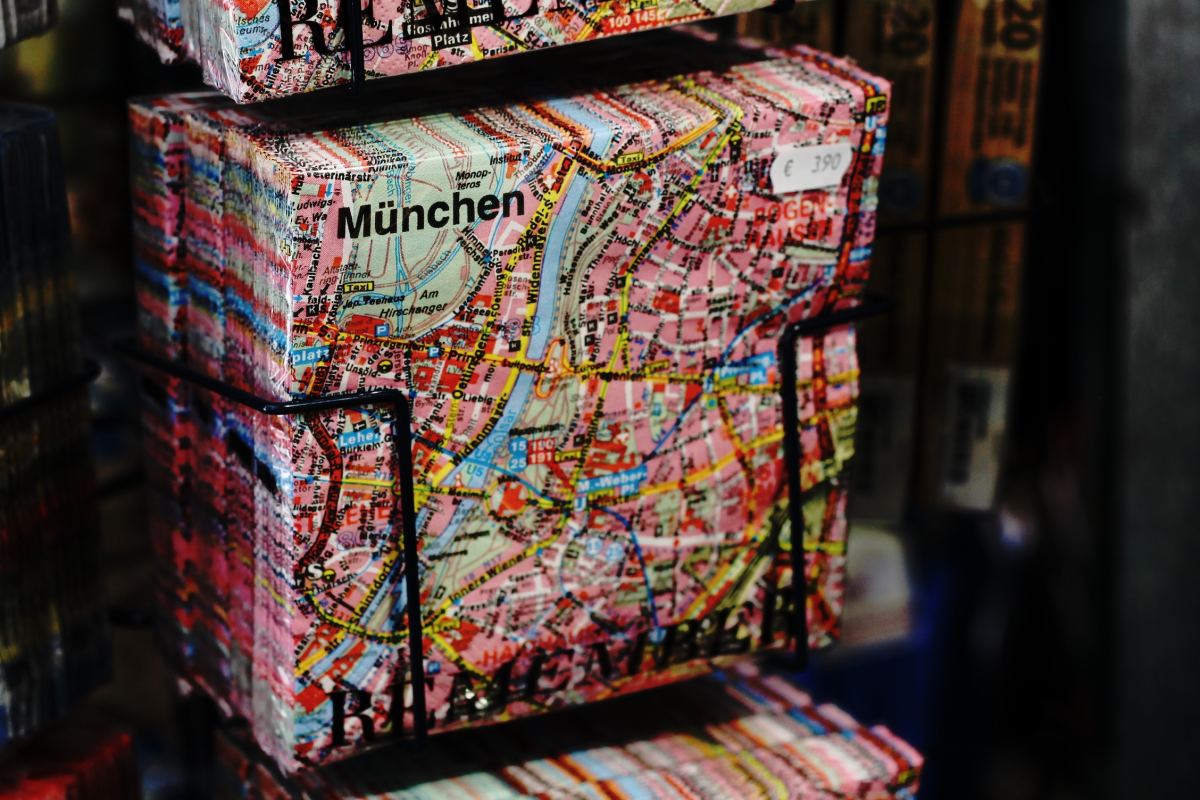7 Layer Model – IT Help Desk Interview Questions and Answers
7 Layer Model of a Network

Common IT Help desk interview questions and answers
In my earlier hub on help desk interview questions, I have mentioned some of the important interview questions asked in a helpdesk interview. In this hub, I want to talk about the 7 layer model, which is an integral part of any network admin or system admin interview process. If you are looking for an IT help desk position or a basic system admin position, it is important to have a thorough understanding of this seven layer model so that you can answer the common interview questions with ease. This is an interesting topic for others too as you would enjoy reading about how communication is done over the internet.
What is a 7 layer model in a network?
Ever wondered how your mails or message from your computer reach the recipient on the other end? This data transmission is based on the 7 layer model. This is simply referred as APSTNDP. Application layer, Presentation layer and Session layer are the top three parts of the seven layer model and represent dynamic communication. The other 4 layers include Transport Layer, Network Layer, Datalink Layer and the Physical layer which talk about the physical communication of the data over the network. Let us delve into more details of this 7 layer model. I will try to put this into simpler language so that everyone can understand this concept easily.
Application Layer
This is the top level layer in the seven layer model. This layer is responsible for identifying the available communications and resources and synchronizing the communication. For instance, if you browse the internet with the help of Google Chrome or Mozilla Firefox, the application layer initiates the communication part and identifies the availability of a port to communicate the HTTP protocol.
IT interview questions and answers
Presentation Layer
The second layer in the 7 layer model is the presentation layer. This layer takes care of the presentation part of the data which involves encoding, encrypting and other data management functions. For instance, if you want to send a zip file to another recipient, this presentation layer presents that data in a user friendly format to the application layer. Similarly, the data received from the application layer is encrypted in the right manner so that it is exchanged between the networks.
Session Layer
The third and important part of the seven layer model is the Session Layer. This layer is responsible for handling multiple communication sessions. If you have used a particular application or service in the application layer, there is a specified time after which the session gets timed out. This is the task of the session layer to maintain the integration of the data.
These 3 layers are a part of the application wherein the session layer initiates a session, the presentation layer presents that data in the correct format to the application layer where the actual interaction with the end user is being done.
Transport Layer
The transport Layer takes care of the transportation of the data between end users. This layer collects the data from the network layer and sends this data to the session layer using the appropriate data transportation protocol. Transport Layer acts as an intermediate between the top 3 layers and the bottom 3 layers of the 7 layer model. This layer controls the data flow and regulates the amount of data being transmitted, based on the receiving capabilities of the end user. There are several transport layer protocols like TCP, FTP, UDP, DNS, HTTP IMAP, HTTPS and POP3. TCP is the most commonly used transmission protocol.
Network Questions and answers
Network Layer
Network Layer is an essential portion of this seven layer model wherein the switching and the routing procedures of the data is being done. The data received from the Physical and Datalink layers is routed into the right path in this layer. In simpler words, the physical data is converted into the logical data.
Datalink Layer
Datalink Layer receives the physical data from the Physical Layer for encoding and decoding over the network. This layer is again divided into two, namely Media Access Control Layer and Logical Link Control Layer. Media Control Layer takes care of the data access and permissions of each computer on the network and the Logical Link Control Layer takes care of the data flow.
Physical Layer
The Physical Layer is the important part of the 7 layer model which takes care of the actual transmission of the data and represents the physical equipment used for the data transmission. Modem, Hub, Router and other network hardware form this physical later entity. The physical data is collected through these devices at this layer and then transmitted to the datalink layer for processing it.
These are the 7 parts of the seven layer model which are responsible for the data transmission between networks. It is important to understand this 7 layer model because it helps you in error handling. When you break down this process into 7 layers, you can identify at what level the error is occurring so that effective resolution can be implemented.










